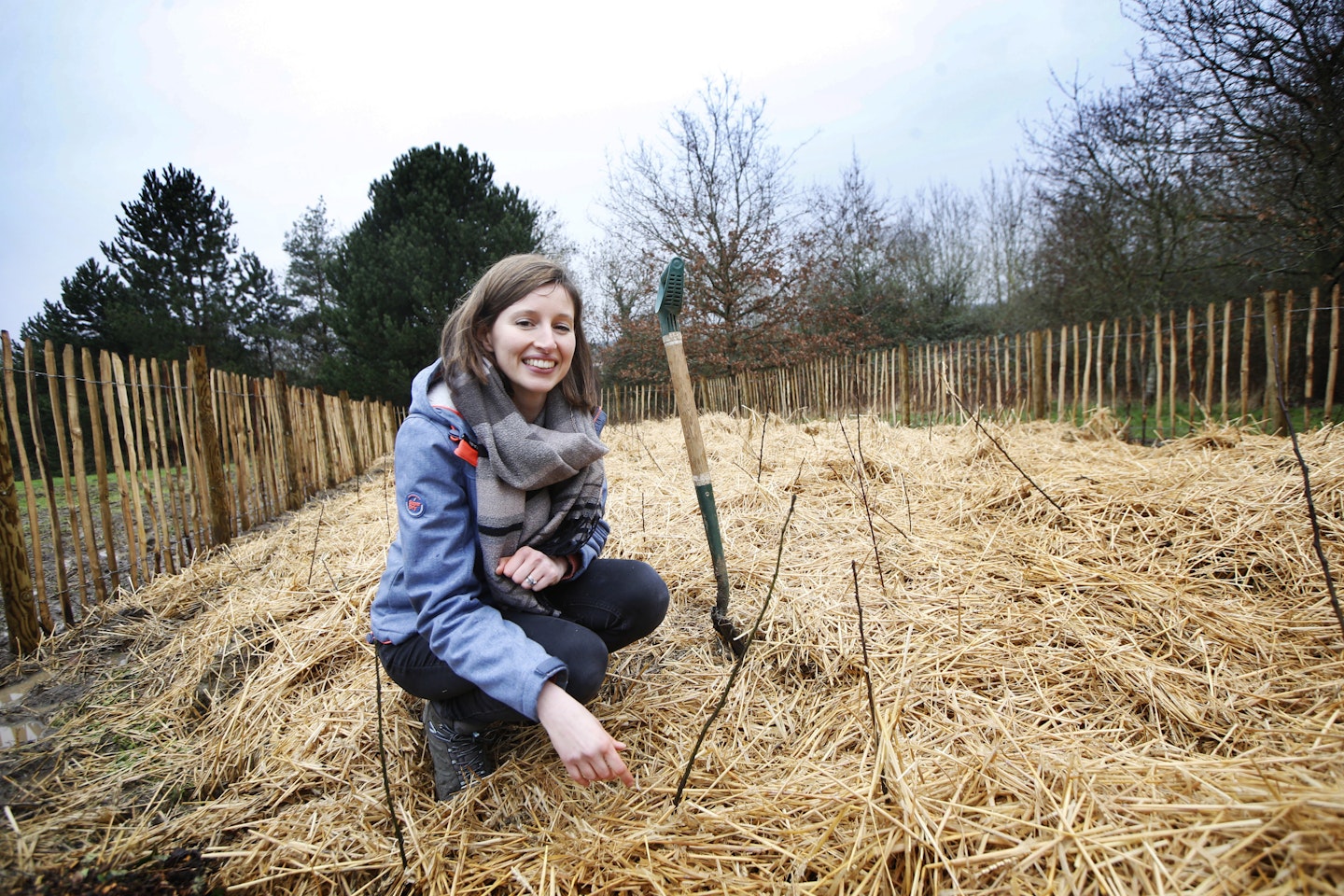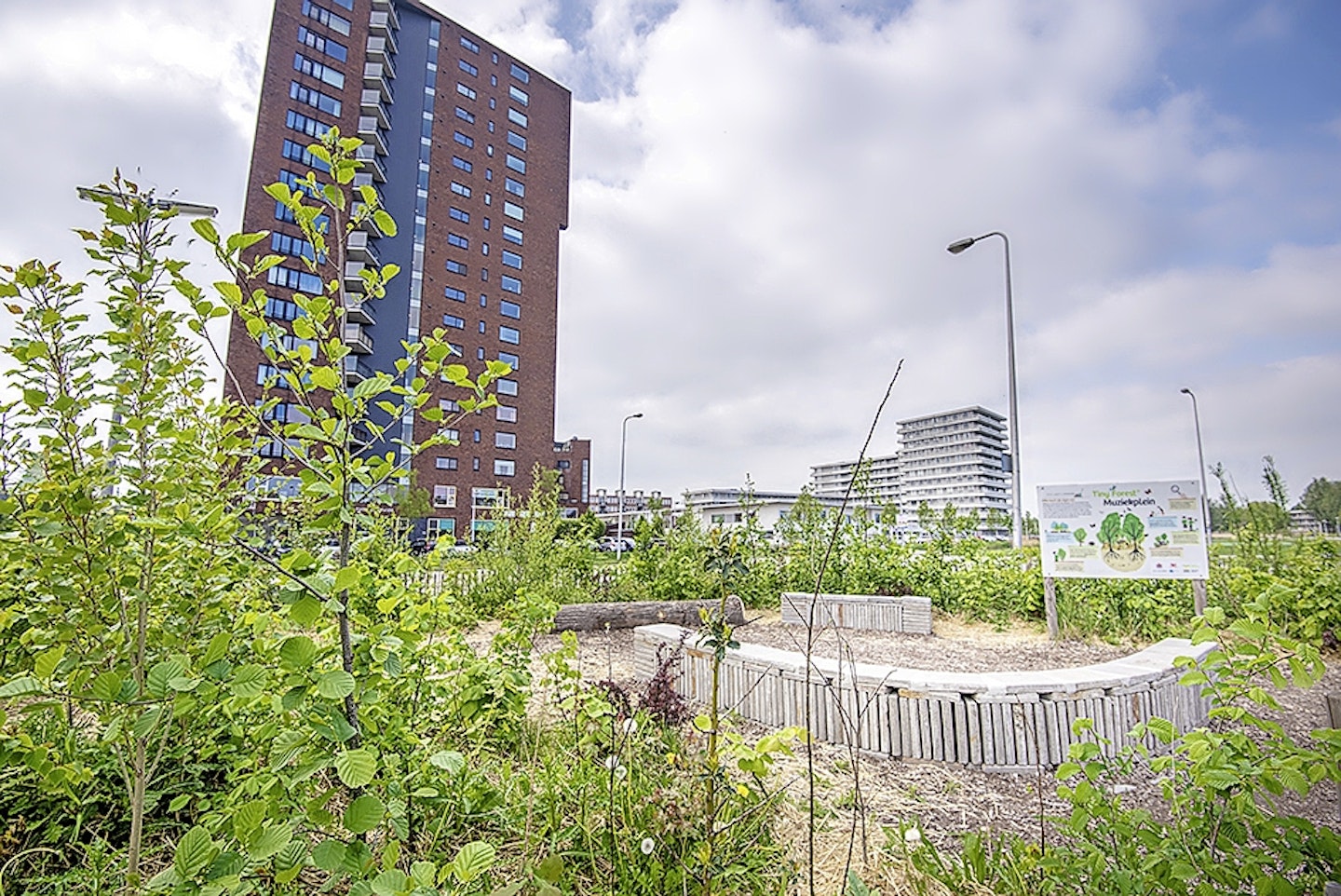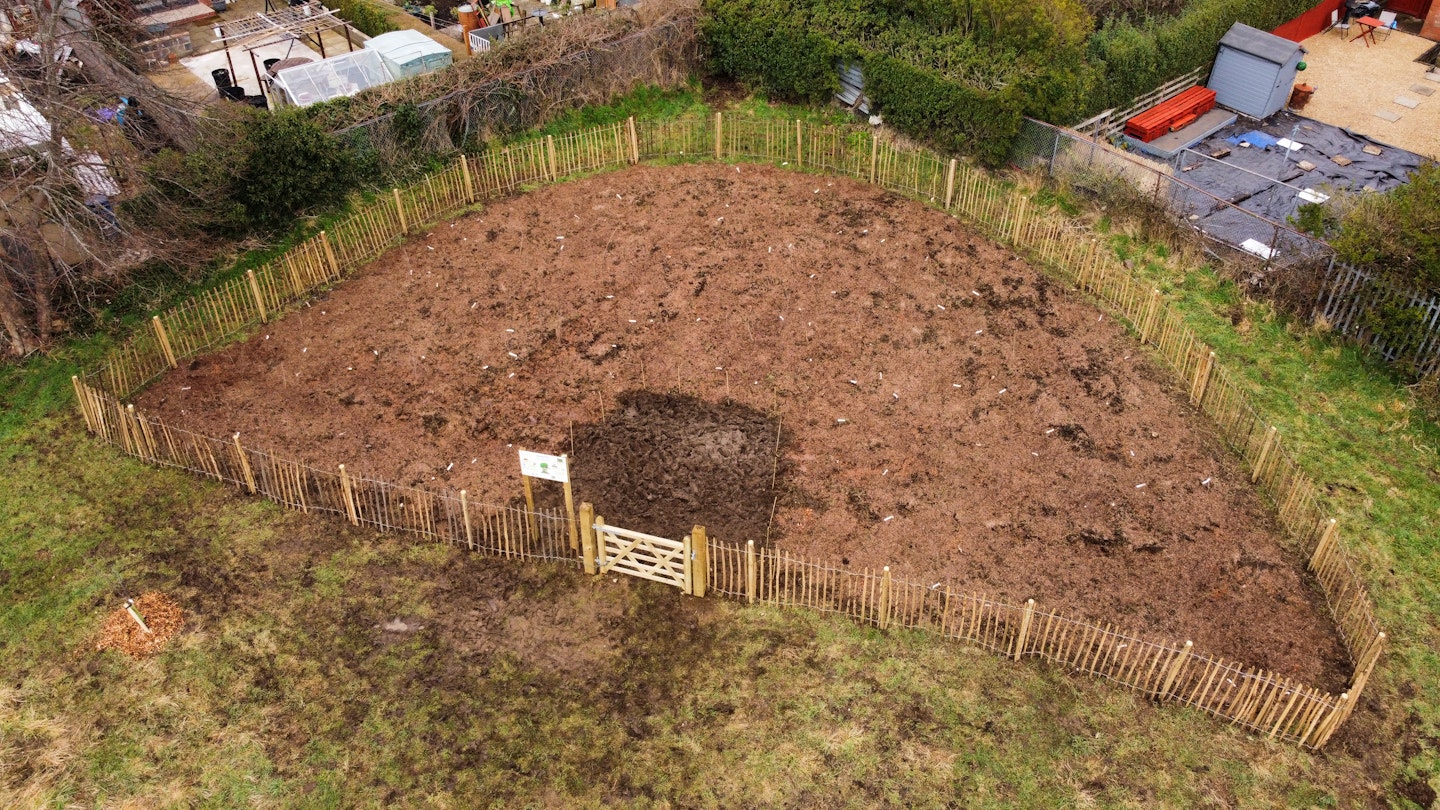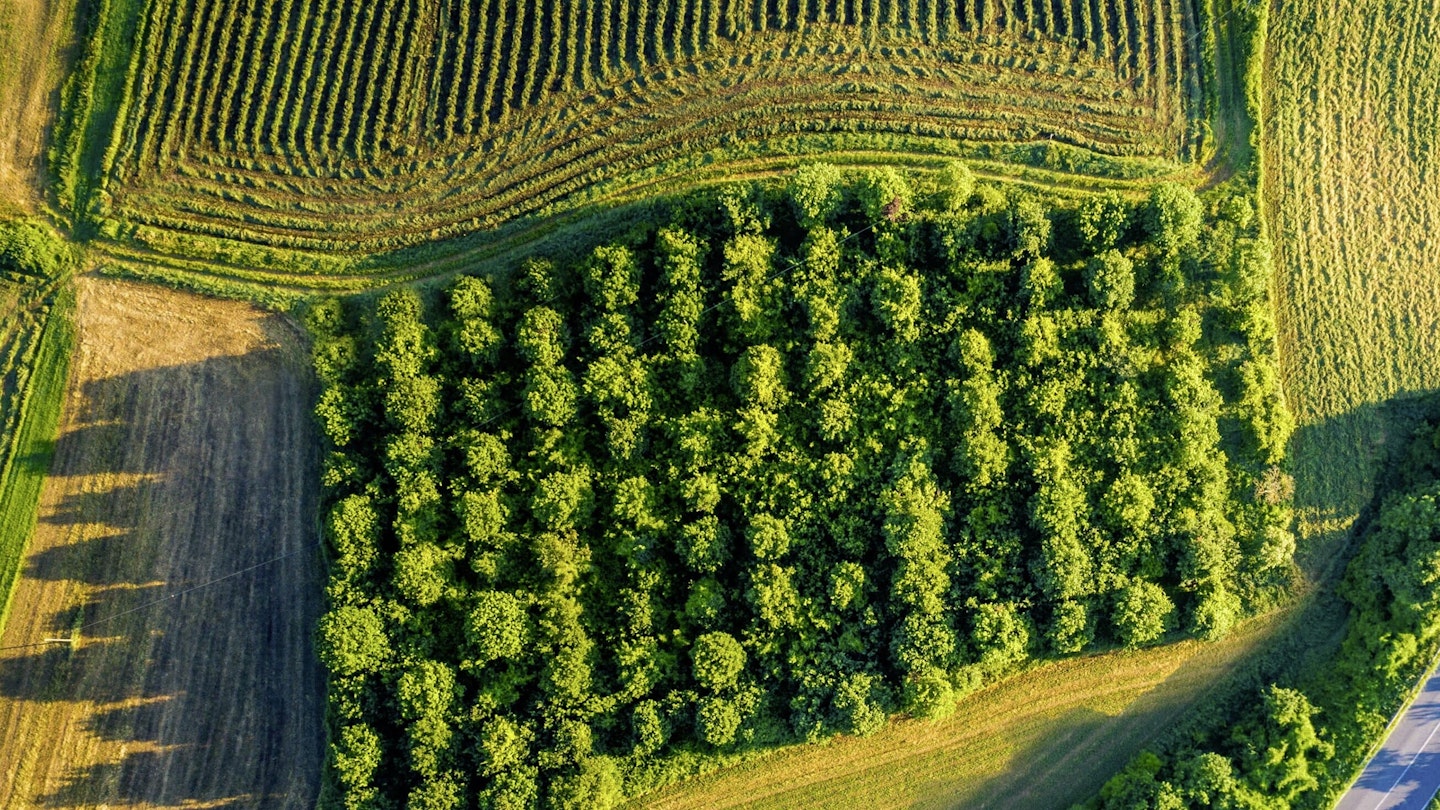All around the world, there’s a pint-sized revolution taking place. At the side of roads, behind school playgrounds and on all kinds of unloved patches of land across towns and cities, teeny forests barely the size of tennis courts are popping up, making a miniature haven for both wildlife and local people who may not normally have easy access to nature. This is the tiny forest movement, an initiative that aims to prove that the best things in life really do come in small packages.
Tiny forests were first pioneered as a concept in the Seventies by a Japanese botanist called Dr Miyawaki who thought small forests of around 600 densely planted trees could help naturally regenerate Japan’s browneld sites and areas that had been damaged by natural disasters. As he went on to share his concept with others, the idea soon took off in India and other regions before eventually reaching Europe, where it became popular in places such as France, Belgium and the Netherlands.

The first British Tiny Forest was planted in Witney, Oxfordshire last March by Earthwatch Europe, the charity leading the Tiny Forest initiative in the UK. Since then several more have sprung up including in Glasgow, Oxford and Bristol, with dozens more due to be planted. By 2023, Earthwatch aims to plant more than 150 Tiny Forests across the UK.
So how does it work? Louise Hartley, who is leading the Tiny Forest project in the UK for the charity Earthwatch, explains that the process begins by identifying areas in which a tiny forest could have the biggest impact. “We focus on urban areas where access to nature is often not that easy and we also prioritisemore deprived areas,” says Louise. “Having a tiny forest could make all the difference, giving local people somewhere nice to walk and be among nature.”
Once a plot is identied, planting begins, usually with the help of local volunteers and school children (where restrictions allow). “We involve the community when we can, because the whole tiny forest ethos is not just about planting trees but about engaging local people to create and care for this natural place they can then enjoy.
“We see it as an opportunity to try to break the growing disconnect between people and nature, especially in urban areas.”

In a Tiny Forest, the trees are planted much closer together, maximising the small plot they have to work with. “We plant three saplings for every square metre,” says Louise. “This helps accelerate forest development as trees naturally compete with one another, creating a dense forest which should require minimal maintenance,” she says. All Tiny Forests are also planted without chemicals or fertilisers. As for the trees planted – of which there must be a minimum of 600 to make it a Tiny Forest – usually there are around 30 different kinds of all-native tree species. This variety, coupled with the fact miniature forests grow up to ten times faster than standard forests, means they attract a huge bounty of wildlife.
“Studies from other countries with tiny forests suggest they are capable of attracting 500 animal and plant species in the first three years, while other research suggests tiny forests are home to a greater number of different species and individual animals compared to other, more traditional forests nearby. It’s also thought these havens of nature could help tackle issues with flooding, remove carbon from the atmosphere and fight climate change, as well as boosting the mental health of those living locally.

“Our approach doesn’t replace the need to protect our existing ancient woodland, but it does add to what trees can do for us and the planet,” says Louise. As the Tiny Forest movement grows in the UK, Earthwatch hopes to run more school and teacher programmes to get little ones interested in their local forest as well as recruiting volunteers to act as ambassadors to care for and manage them long term.
“Tiny forests can achieve such a lot in a small amount of time. We’ve been so pleased with what we’ve achieved so far and excited to now do more,” says Louise.
If you’d like to find out more about the initiative, including if you’d like a tennis-court sized area near you to be transformed into a Tiny Forest, visit earthwatch.org.uk
